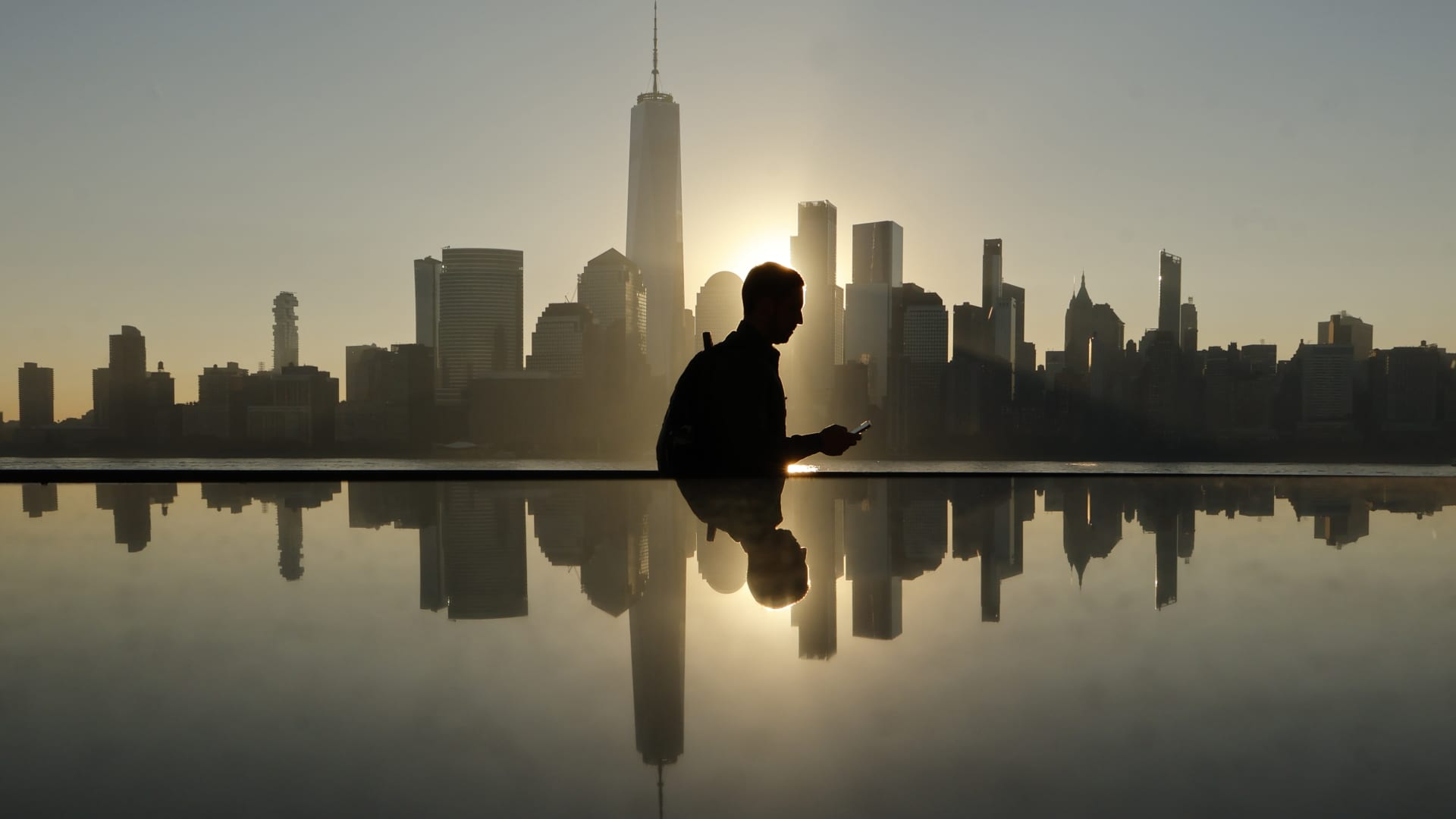Greenspace
Senior Member
David A I agree with all theses points and having lived downrown for almost the past 25 years I am just a frustrated as you are. But there are some realities working against retail downtown right now not to mention safety as an obvious one that seems it might be getting better.
- Maybe 50% of office workers returnedc, many on 2-3 days a week.
- When retail is looking to locate ‘downtown’ or centrally they’re also thinking about Oliver. Combined there’s about 32,000 people. Downtown proper is 13000. By comparison Downtown Vancouver is 100,000.
- For many retailers Brewery District IS downtown or at least central. It is 300,000 sq Ft of new retail and has been in all accounts quite successful.
We need more people. All the leasing agents I talk to retail comes after not before. You can make a place a destination for sure but much harder sell to property owners.
- Maybe 50% of office workers returnedc, many on 2-3 days a week.
- When retail is looking to locate ‘downtown’ or centrally they’re also thinking about Oliver. Combined there’s about 32,000 people. Downtown proper is 13000. By comparison Downtown Vancouver is 100,000.
- For many retailers Brewery District IS downtown or at least central. It is 300,000 sq Ft of new retail and has been in all accounts quite successful.
We need more people. All the leasing agents I talk to retail comes after not before. You can make a place a destination for sure but much harder sell to property owners.






